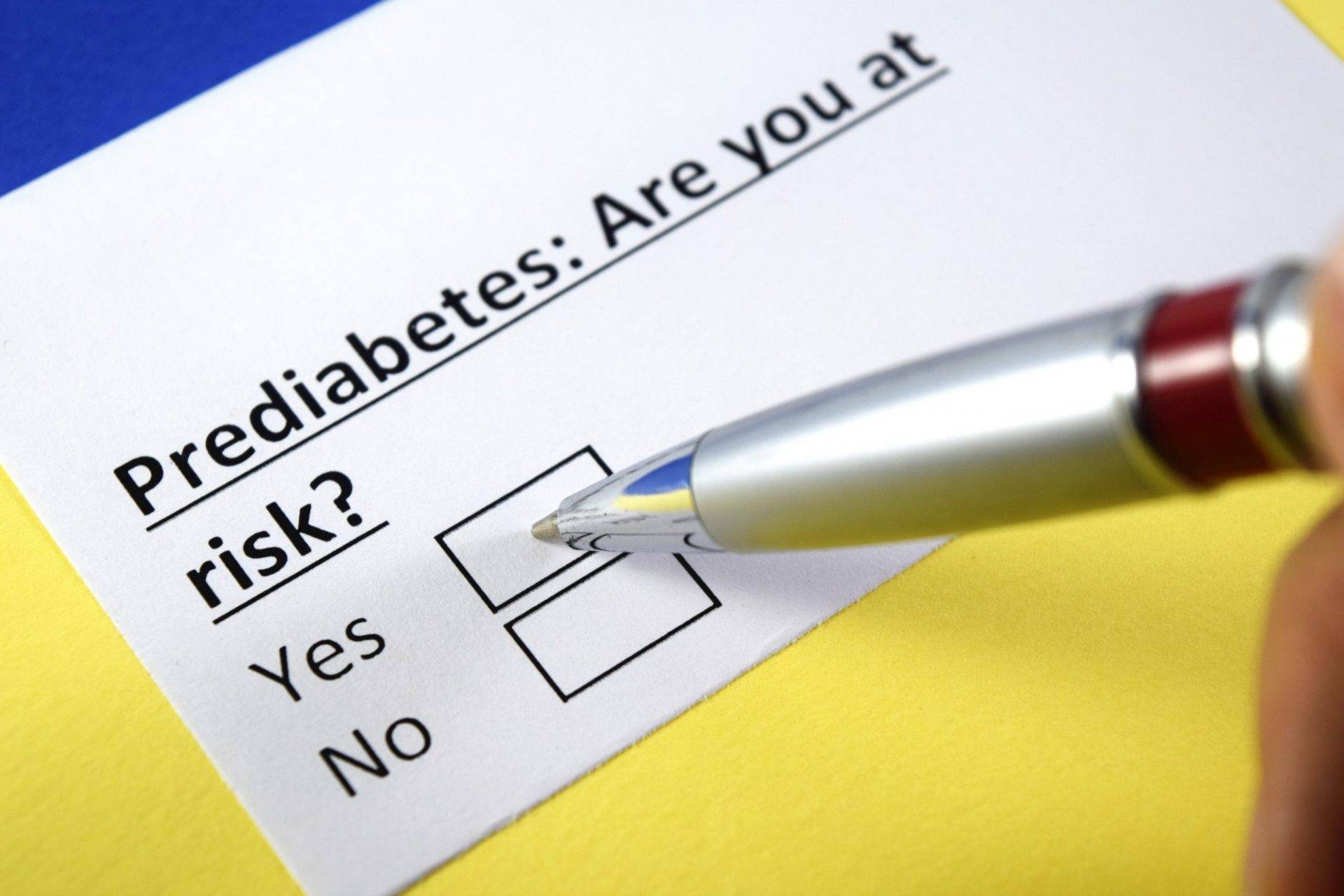Pre-Diabetes
Prediabetes means your blood glucose levels are higher than normal but not high enough to be diagnosed as having diabetes. Prediabetes usually occurs in people who already have some insulin resistance or whose pancreas beta cells are not making enough insulin to keep blood glucose in the normal range. Without enough insulin, extra glucose stays in your bloodstream rather than entering your cells. Over time, you could develop type 2 diabetes.
More than 84 million people ages 18 and older have prediabetes. That is 1 out of every 3 adults. People with prediabetes have a 50 percent chance of developing diabetes over the next 5 to 10 years. You can take steps to manage your prediabetes and prevent type 2 diabetes.
Risk factors associated with pre-diabetes include:
- Obesity
- Women with PCOS (polycystic ovary syndrome).
- HDL cholesterol >190 mg/dl
- High blood pressure >125 mg/dl
- a parent, brother or sister with diabetes
- Sedentary lifestyle
- age 45 and older
- a history of gestational diabetes
You should be tested for prediabetes if you are overweight, have obesity and have one or more other risk factors for diabetes, or if your parents, siblings, or children have type 2 diabetes. Even with minimal risk factors, you should start getting tested once you reach age 45. If the results are normal but you have other risk factors, you should be retested at least every 3 years.

